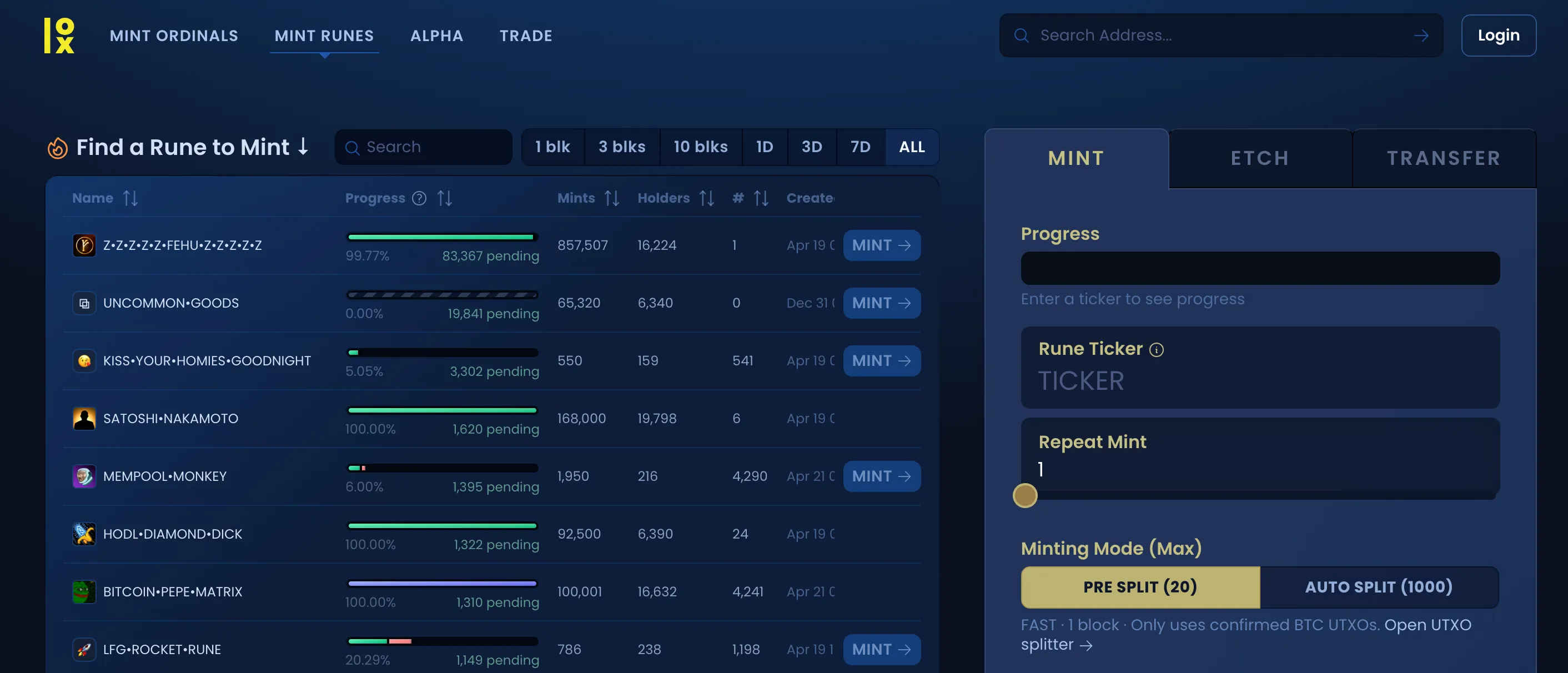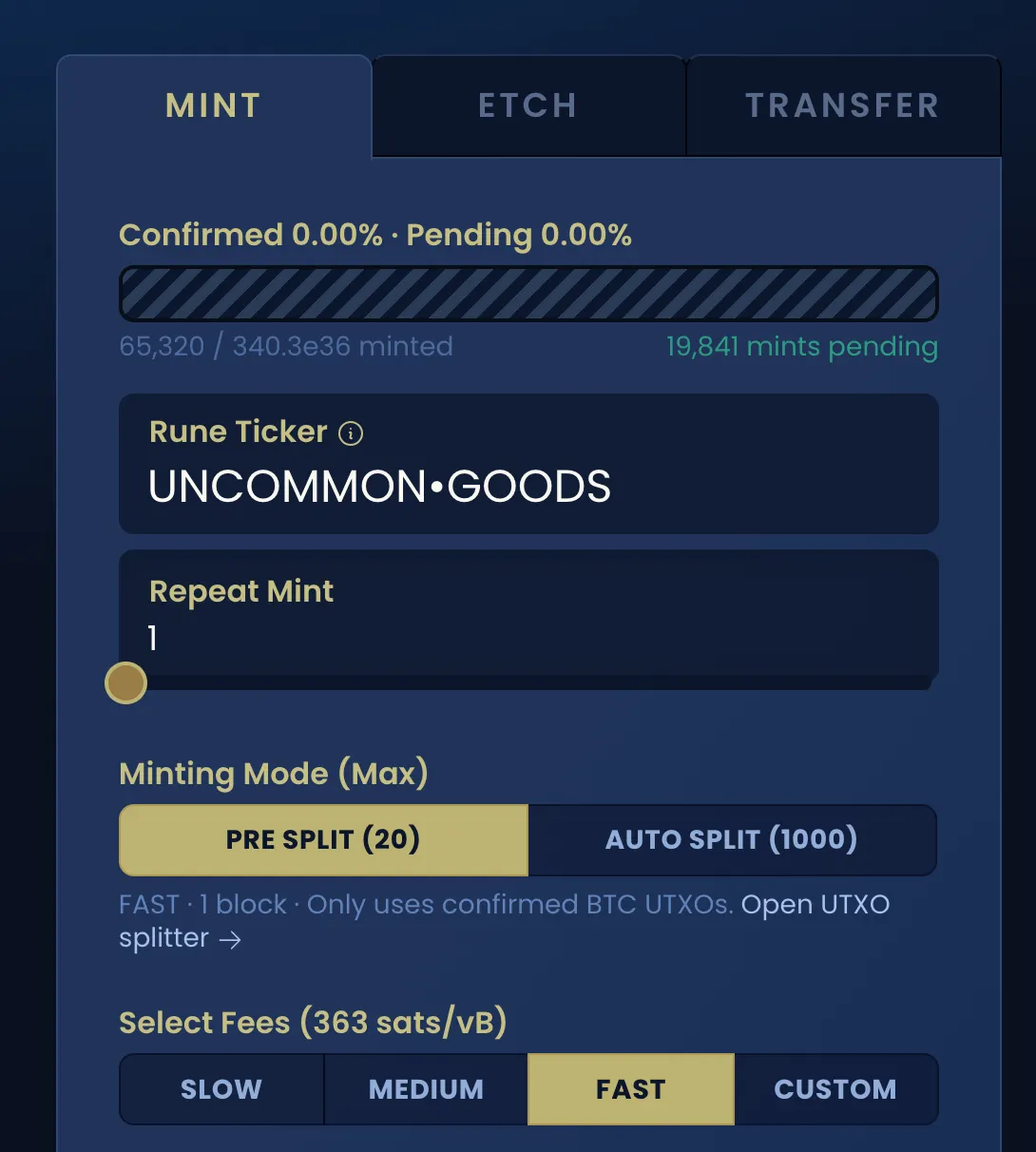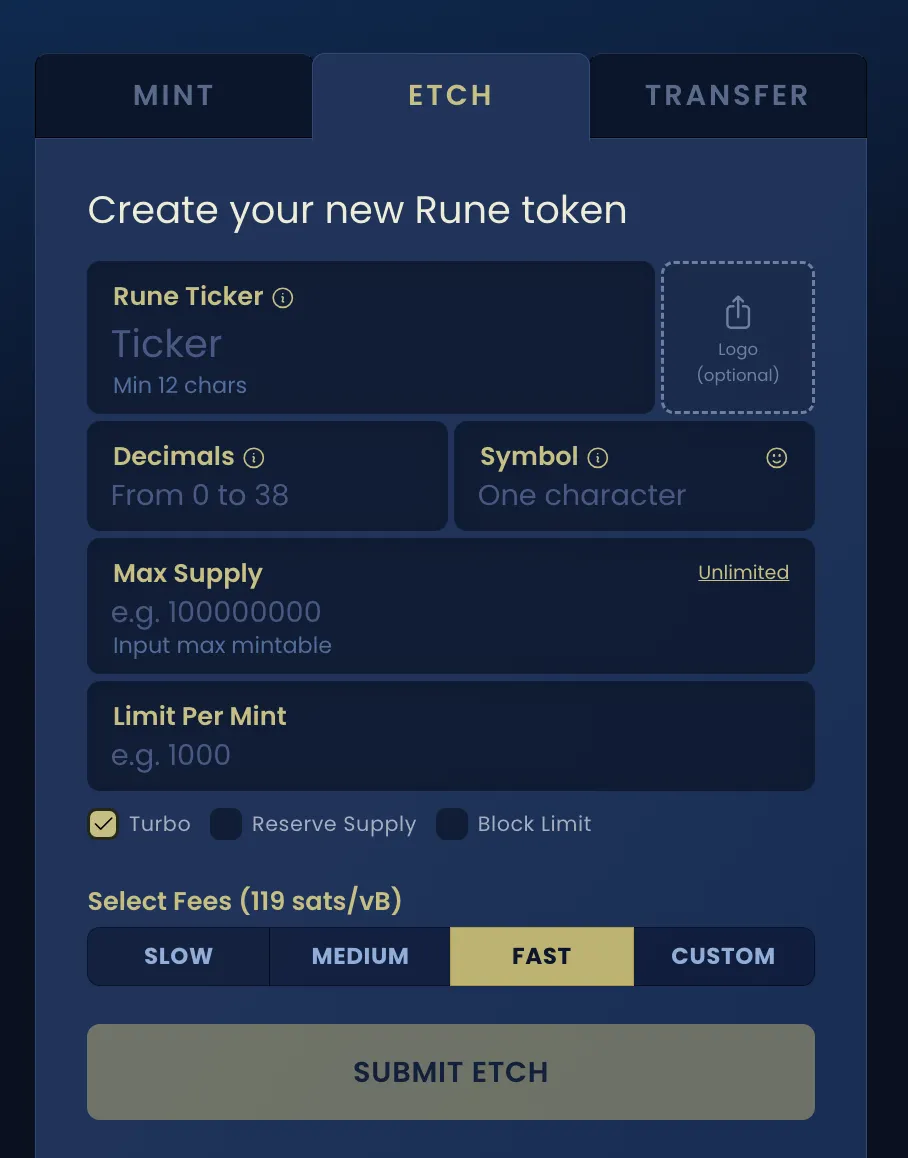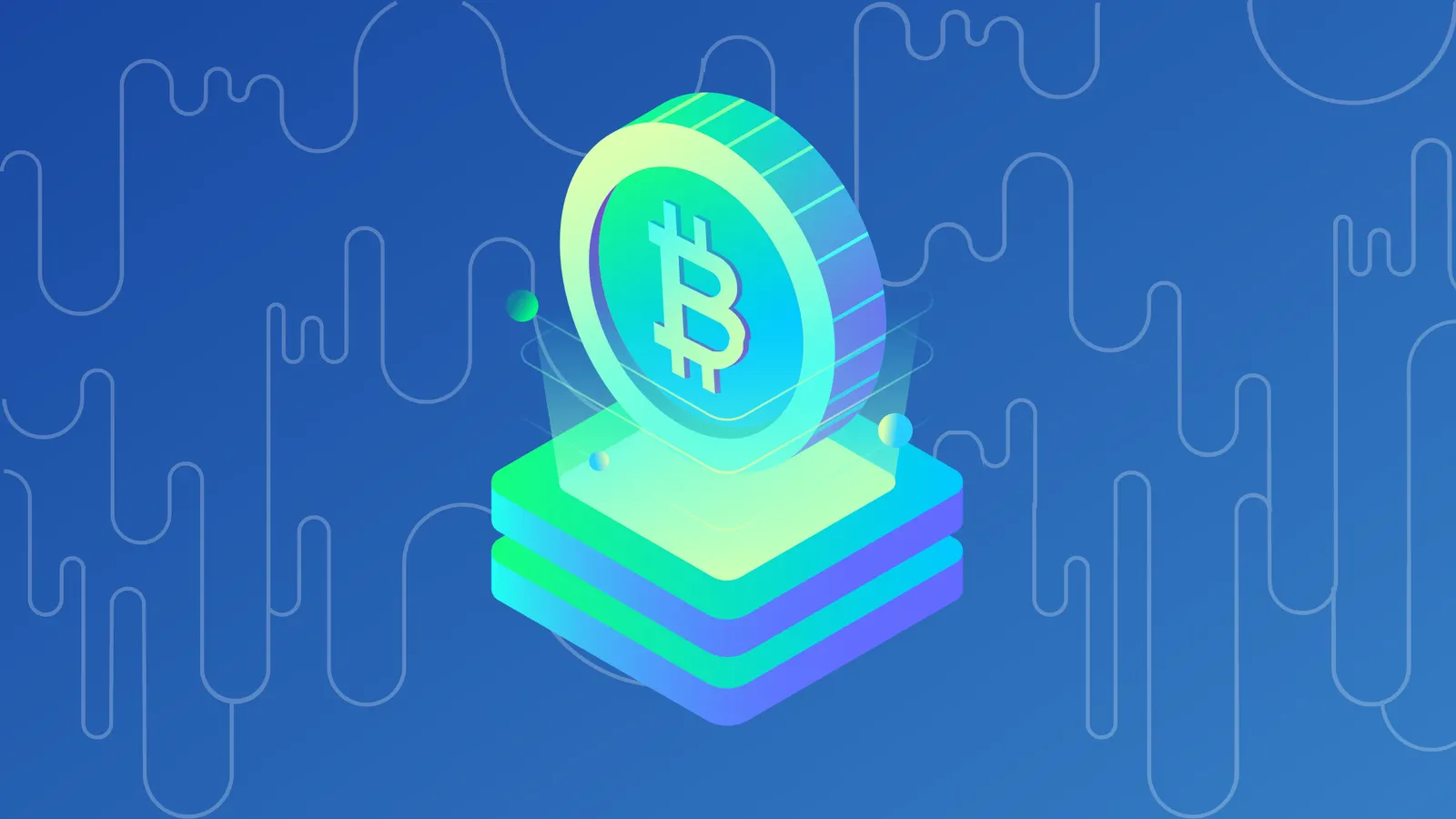If you're active on Crypto Twitter, then you are well aware that the Bitcoin halving wasn't the only significant event making waves in the space in the past week. Bitcoin Runes were introduced at block 840,000, coinciding with the halving.
Runes, a new fungible token protocol by Ordinals creator Casey Rodarmor, are best described as “meme coins” on Bitcoin. While the long-term impact of the protocol will play out over time, it's undeniable that Runes have captured significant attention right out of the gate.
Though Runes trading has slowed down after the initial spike, they may continue to gain traction once many find their place on major exchanges and within new marketplaces. But for now, they can be a bit tricky to handle. If you want to get in on the action, then understanding the finer details of these processes becomes crucial.
If you are already familiar with what Runes are, then this guide will walk you through the essentials of minting, etching, and trading them. Plus, some other tools and tips designed to equip you with the insights and tools necessary for a successful start.
Where do I etch/mint Runes?
Luminex is one of the most reliable and popular sites for both minting and etching Runes. “Etching” refers to the act of creating a new token on Bitcoin via Runes, while “minting” is what users do when buying a token via the initial sale. Although the fees are known to be on the higher side, Luminex is widely recognized as the best option for ease of use in minting.

After selecting a Rune, simply type the amount you want to mint in the “Repeat Mint” category.
For minting mode, you have two options: Pre-split or Auto-split. If you haven’t already split your unspent transaction output (UTXOs) ahead of time, then you should click Auto-split as your option. Auto-split will take longer, but then you won’t have to split your UTXOs ahead of time.
Why do UTXOs have to split?
Confused already? A helpful metaphor that many Bitcoiners use to describe UTXOs is thinking of them as quarters at the arcade. It doesn't matter if you have a $100 bill—you can't play any games at the arcade unless you have a lot of quarters.
If you have 1 BTC, then you need to split that into smaller UTXOs to mint Runes. The size of each UTXO should be based on your expectation of what the gas (network fees) will require to get your transactions mined in time. You’ll want to have many UTXOs of different sizes based on the probability of what you expect.
You can split UTXOs using Luminex here, then click the speed you want to mint in. “Fast” is recommended so your transaction doesn’t get stuck or front-run by other traders who paid extra to get their transactions processed first.

However, there are many other places to etch or mint Runes, including Unisat, Xverse, and Magic Runes. The fees will vary with each platform, but it’s up to you which experience you prefer.
Make sure to read the mempool and adjust your fees to make sure your mints get in. The mempool is where you can track your transactions, check their progress, and even pay to accelerate the mint if it’s going too slowly.
Where can I research Runes and track data?
The best place to track data is GeniiData, a platform that provides comprehensive data and minting capabilities. And even if you don’t mint, etch, or trade through OKX, the platform has a great analytics tab where you can easily see volume, holder count, progress minted, and activity.
Other useful sources include Ordiscan, Ordstuff, and BTC Tool.
The Ultimate Runes Glossary
Rune: A fungible token on Bitcoin (for example a memecoin or a utility token)
Etch: How a Rune comes into existence (once set these properties are immutable)
Rune Name: The unique ticker for a Rune that can consists of the letters A through Z and…
— Leonidas (@LeonidasNFT) April 2, 2024
Etching Runes
If you don't find any tickers that catch your interest, or if you prefer to “etch” or create your own Runes token, then head to the Etch tab on Luminex.
Provide the specifics of the Rune you wish to create, including its name, divisibility (decimals), symbol (many people use emojis for this), how many tokens to pre-mine for yourself (if applicable), and limit per mint. The name must be at least 13 characters as of this writing, and up to 28 characters. In time, shorter names will be unlocked.

Click the speed of your transaction and submit to pay the fees. Then, you can use mempool to track the progress of your new Rune. Depending on your speed, it can take an hour or more for it to complete (6 blocks= 1 hour).
Trading Runes
For trading Runes on secondary marketplaces, you have many options. You can use Magic Eden, which just launched its Runes marketplace; Unisat, which has been a go-to for BRC-20 tokens on Bitcoin; or Cube Exchange, which claims to have lower fees than all marketplaces. Those are just a few prominent options.
On Magic Eden or Unisat, all you have to do is select the Rune with the price you want, connect your wallet, and then buy. Popular Bitcoin wallets for Runes are Unisat, Xverse, Leather, and OKX.
To sell, click the Rune you want to sell and set a price for it, then list. Be careful about updating the price too often, as you might still have an older listing sell. Magic Eden’s Runes marketplace also offers batch selling and listing features, with more functionality set to come.
A good rule of thumb when purchasing in the secondary market: Prioritize tokens with widespread distribution, as a larger number of holders generally indicates a healthier ecosystem and more liquidity.
Keep in mind that the project team may reserve or etch tokens for themselves (pre-mined) before launching. Some traders prefer to stay away from high pre-mined percentages because of the possibility of creators “rugging” the token and dumping on holders, though the Runes space is still early and creators and traders are still defining expectations.
Edited by Andrew Hayward






